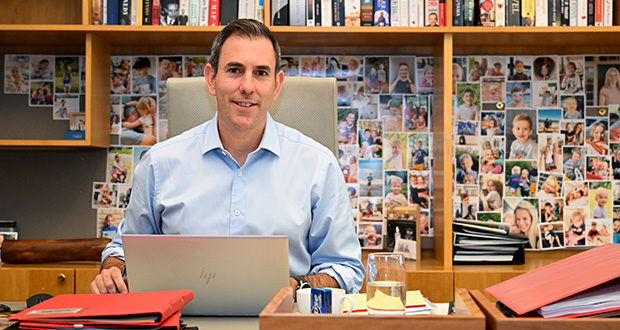The 2022-23 federal budget, to be announced tomorrow, will outline the government's plans for the coming term and treasurer Jim Chalmers has said aged care is high on the priority list.
The government has spent its first $18.8 billion on aged care, which is part of a five-year reform program in response to the Royal Commission's recommendations on repairing the sector.
$7.7 billion went to home care reforms, including opening up an additional 80,000 home care packages, which are estimated to give 275,600 people access to a package by June 2023.
Another $10.8 million is spent on the design of an unified Support at Home program due to commence on July 2024 that will bring together the three existing programs, Commonwealth Home Support Program (CHSP), Home Care Packages and Short Term Restorative Care.
In the budget, it's expected the government will also fork out $1.4 billion to extend Covid-19 response measures over the next three months. Due to expire on September 30, the measures will now be rolled out until December 31 this year.
The funding includes $840 million for aged care support, including on-site PCR testing; $142 million in Medicare rebates for Covid-19 testing; and $235 million to distribute PPE and rapid antigen tests from the National Medical Stockpile to at-risk groups and frontline healthcare workers.
Over the next four years, hospital spending will increase by 6.1 per cent, and aged care costs will rise by 5.5 per cent.
Australians have been promised a "bread and butter" budget on October 25 – one which will be "resilient" but "won't be fancy".
With the world teetering on the brink of a recession, Chalmers has sought to downplay expectations about the Albanese government's first budget.
The Treasurer has said "tough decisions" will need to be made as Labor begins the onerous task of budget repair – finding savings while funding election promises and covering the rising costs of vital public services.
Chalmers routinely names the five fastest-growing areas of government spending.
National Disability Insurance Scheme spending is forecast to increase by 12.1 per cent per year over the same period.
And interest payments on the nearly $1 trillion of government debt will rise by about 14 per cent a year.
Pensions and other welfare payments have also risen due to indexation.
Chalmers has stressed that Australia isn't immune from deteriorating global economic conditions despite an unexpected nearly $50 billion improvement to the budget deficit because of low unemployment and high commodity prices.
Chalmers says he will deliver a budget to bolster Australia's fiscal defences and provide "responsible" cost of living relief with an "economic dividend".
The budget isn't expected to focus on major reforms but instead, lay the foundations for a more substantial May 2023 budget.
The government has announced a few new policies for the October budget, however, adding to Labor's pre-election promises.
Do you have an idea for a story?Email [email protected]
 Aged Care Insite Australia's number one aged care news source
Aged Care Insite Australia's number one aged care news source

